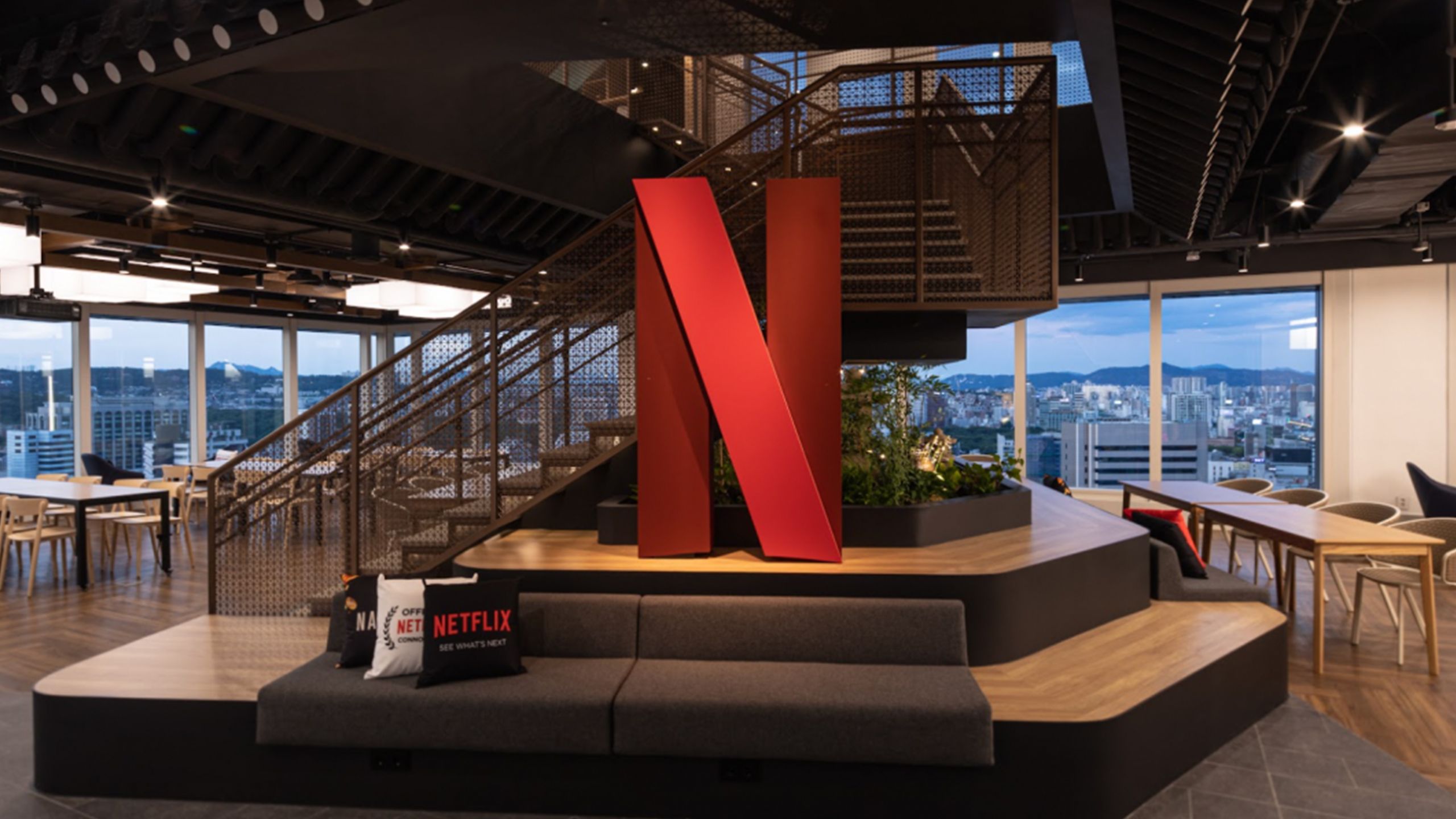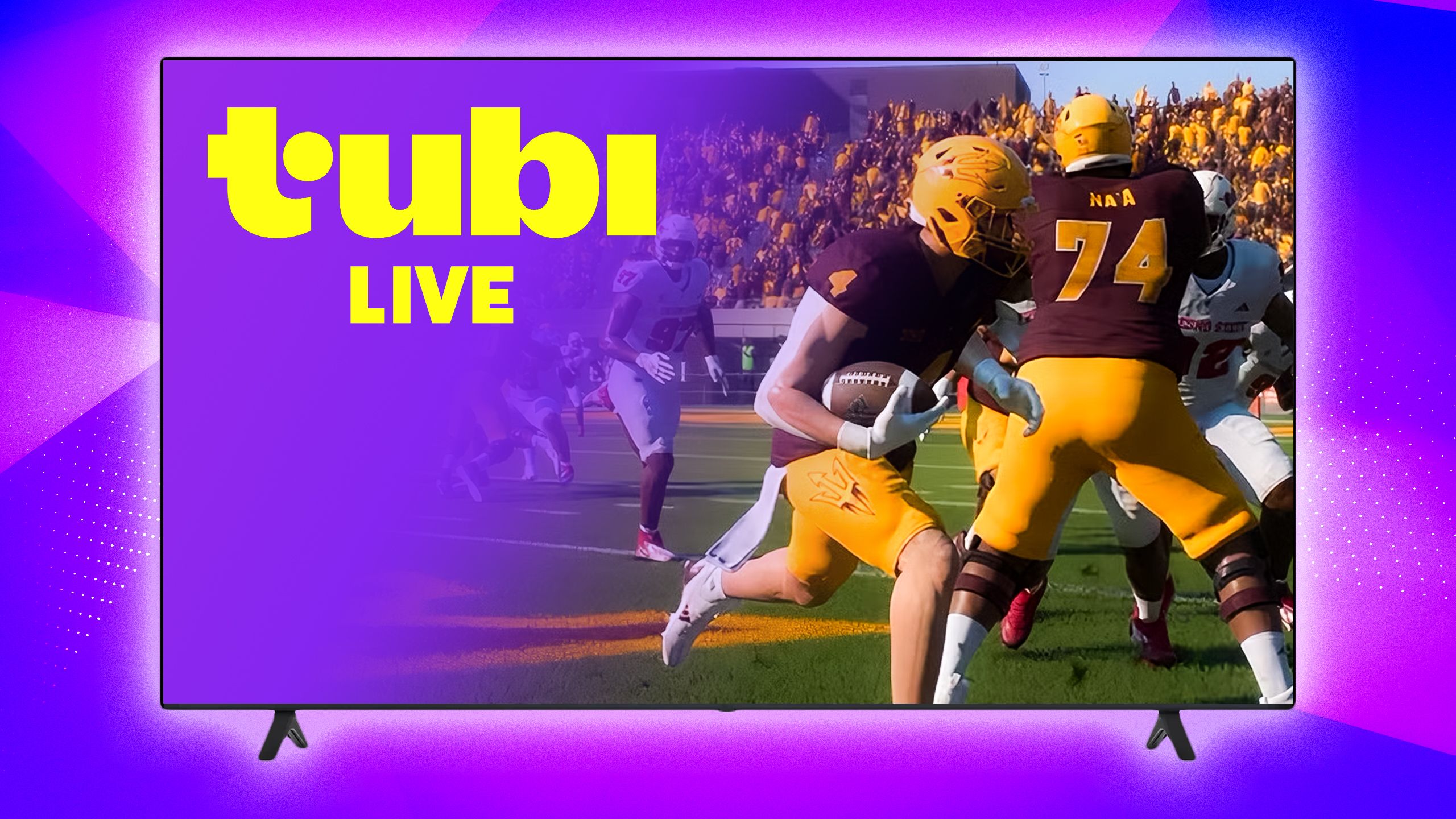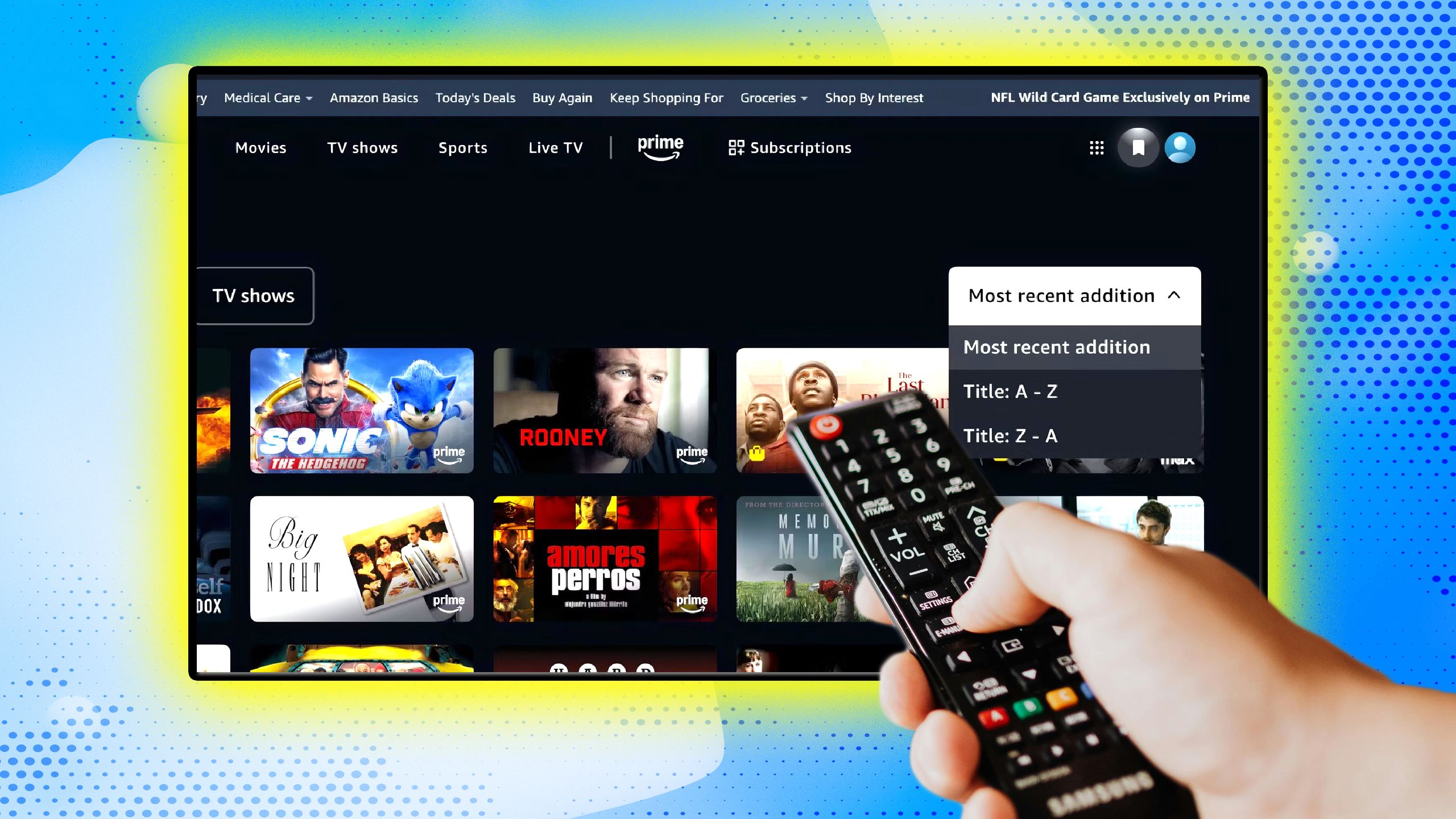Summary
- Streaming services are offering cheaper ad-supported plans to save money but could sacrifice uninterrupted viewing.
- Companies may benefit more from ad-supported plans as seen in Netflix’s doubled ad revenue in 2024.
- Future of streaming could trend towards more ads resembling cable TV subscriptions despite original promises.
Streaming services continue to rise in price, and the option for a long time to avoid that was to either pay the price or unsubscribe. Recently, streamers have been pushing another choice: going for an ad-supported plan. These plans are typically far cheaper than the premium ad-free options, but that’s for good reason. The ad-supported plans are guaranteed to interrupt your show or movie, but if you can save nearly $20 a month, at least in Netflix’s case, it’s worth looking at.
After seeing other services take the same path of offering a cheaper, ad-supported plan, I have to wonder if that’s what the streamers are banking on. It feels like streamers don’t actually want you to pay these high prices for the most expensive tier, but instead, they want you to sign up for the ad-supported plans. It makes sense from a business perspective, as more people seeing ads means you can sell more of them. I don’t like it, but it feels like it’s something that’s working for the companies — and it’s not going anywhere.
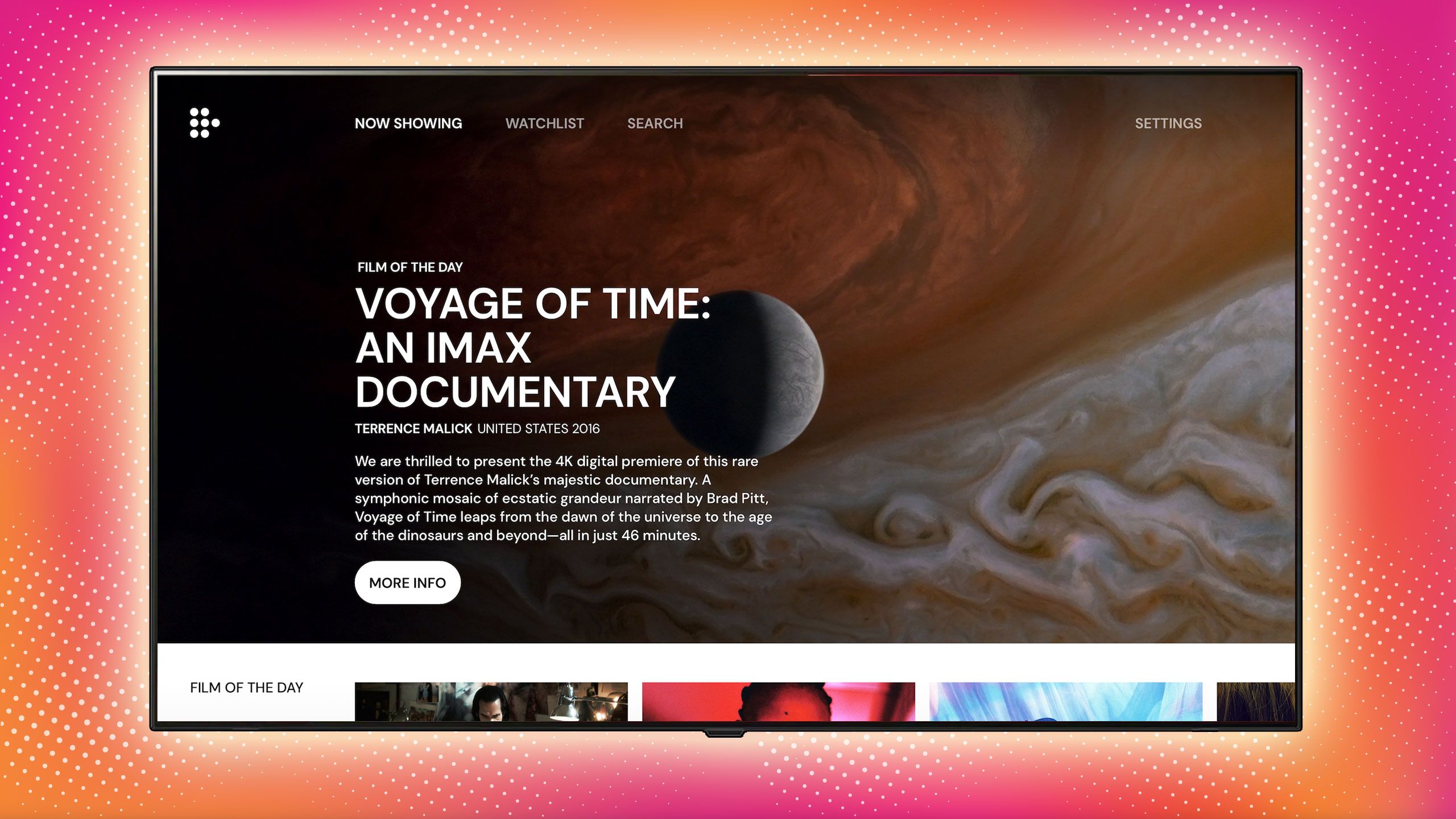
Related
This underrated streamer is way better than Netflix
Movie buffs looking for a great streaming service for new and classic films need to check out Mubi.
Streamers are pushing you to watch ads
Cheaper, but at a price
Netflix
No other streamer has such a large price difference between ads and no ads like Netflix, but that doesn’t mean they don’t all get more benefits out of you going for the cheaper tiers. It might sound strange that a service makes more money off you by you spending less money, but the value of ads can’t be understated — Fortune reports Netflix doubled ad revenue in 2024. Ads are a huge reason why regular cable has survived as long as it has, and it’s still hanging around despite the competition that exists today.
Any service you look at offers a discount for watching ads, so it’s like they want to remind you that an option exists. The lone exception among the major streamers is Apple TV+, but it feels like it’s just a matter of time before Apple gets in on the action.
Prime Video’s ad-supported plan is $3 cheaper, Max has a $7 discount, and if you bundle Max, Hulu, and Disney+ together, it gives you $13 in total savings over the ad-free plan. As prices for each of these services rise, the streamers know that keeping an affordable option is key, and it seems like it’s paying off for them. This is especially evidenced by Netflix’s Premium plan leap to $25 while the ad plan remains at a low $8 per month.
As of November 2024, a whopping 70 million people watched Netflix with ads, so it’s clear that gigantic price gap has paid off. The bad news is that millions of people have become okay with a worse way of viewing in an effort to save money. Netflix used to be a real bargain, but the value has been getting worse and worse in the passing years. As streamers, not just Netflix, continue to push into the world of live sports and TV, the value could get even worse for people who aren’t a fan of that type of content.
Moving forward to 2025 and beyond, don’t be surprised to see more streamers creating price gaps like Netflix to push you more toward the ad plans. It’s clear that it works, so it’d be strange not to see other streamers follow suit, especially if they are trying to turn a profit.

Related
AT&T kicks more customers off its free Max deal
AT&T is ending its free Max credit for DirecTV customers with a grandfathered plan soon.
Free streamers reign supreme
Ads aren’t going anywhere
LG
Streamers wanting to show you ads shouldn’t come as much of a surprise when you look at how well Tubi is doing. Tubi is a free service that doesn’t even give you the option to skip the ads. Only one tier is available, and it’s completely free of charge.
While Tubi has its share of issues, whether it’s lower picture quality and fewer audio options, it makes up for it by being free and offering a wide range of shows and movies. Personally, I don’t like seeing ads, but I’m even a fan of Tubi. It’s strange, but I think part of the reason is that there’s no option to avoid them. Tubi is a service built with ads in mind, while Netflix and Max feel like they are an evil I can pay to remove. Considering Tubi has about 80 million users, it doesn’t seem to be a deterrent to people at all. It’s a system that works well for Tubi, but I don’t think I’d be happy to see every service adopt this line of thinking.

Related
3 free streaming services without ads or commercials
Unless you’re paying for your streaming service, you usually have to deal with ads. These three give you everything for free without commercials.
Is this the future of streaming?
It all comes back to ads
Kaboom Pics / Pexels / Pocket-lint
One of the promises of streaming, and there were many, is that we’d be able to leave behind the commercials that plagued cable. For a while, that was a reality, but as the years have gone on, we’re going back to more of a cable feel. It doesn’t help that live sports are coming to the services that have ads baked right into the programming, regardless of whether you pay to skip ads or not.
Prime Video’s ad-supported plan is $3 cheaper, Max has a $7 discount, and if you bundle Max, Hulu, and Disney+ together, it gives you $13 in total savings over the ad-free plan. As prices for each of these services rise, the streamers know that keeping an affordable option is key, and it seems like it’s paying off for them.
In a lot of ways, it feels like cable is coming back, whether it’s the rising cost of replacements like YouTube TV and Fubo, and now the return of ads. For some people, I wouldn’t be shocked to see cable being a better priced option, especially if you can save some cash by bundling it with an internet package. The flexibility that remains is being able to cancel services on a whim instead of being locked into a contract. Now that we’re in 2025, that’s one of the real benefits of streaming, but those benefits are shrinking with each passing day.
I really hope ads don’t come back to the forefront, but it seems like that’s going to be the affordable way to keep up with the latest shows. I understand companies have to turn a profit in order to keep pumping out content, but I don’t have to like it. In a lot of ways, the future feels like the past, and it’s just not a good feeling. It seems like it’s too late to put the genie back into the bottle now, so we’ll just have to sit back and see where this ride takes us.
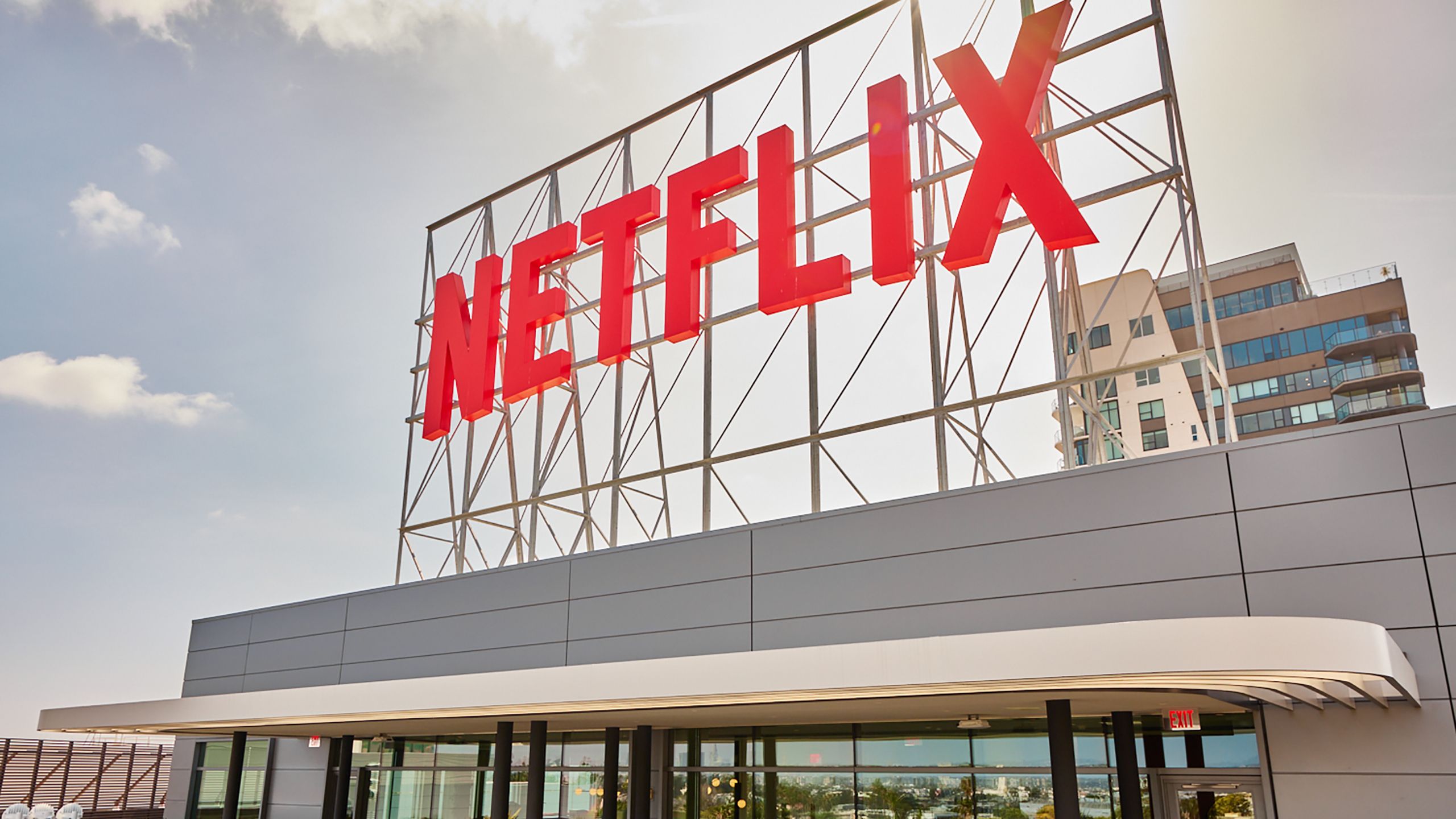
Related
Netflix seems to be covertly positioning itself as a live TV powerhouse
Netflix’s foray into live sporting events appears to be paying off, with its debut episode of WWE Raw attracting 4.9 million viewers.
Trending Products

15.6” Laptop computer 12GB DDR4 512GB SSD, Quad-Core Intel Celeron N5095 Processors, Home windows 11 1080P IPS FHD Show Laptop computer Laptop,Numeric Keypad USB 3.0, Bluetooth 4.2, 2.4/5G WiFi

Wireless Keyboard and Mouse Combo, EDJO 2.4G Full-Sized Ergonomic Computer Keyboard with Wrist Rest and 3 Level DPI Adjustable Wireless Mouse for Windows, Mac OS Desktop/Laptop/PC (Black)

Logitech Signature MK650 Combo for Business, Wireless Mouse and Keyboard, Logi Bolt, Bluetooth, SmartWheel, Globally Certified, Windows/Mac/Chrome/Linux – Graphite

ASUS VA24DQ 23.8â Monitor, 1080P Full HD, 75Hz, IPS, Adaptive-Sync/FreeSync, Eye Care, HDMI DisplayPort VGA, Frameless, VESA Wall Mountable ,BLACK

TP-Link AXE5400 Tri-Band WiFi 6E Router (Archer AXE75)- Gigabit Wireless Internet Router, ax Router for Gaming, VPN Router, OneMesh, WPA3

GAMDIAS White RGB Gaming ATX Mid Tower Computer PC Case with Side Tempered Glass and Excellent Airflow Design & 3 Built-in 120mm ARGB Fans

Wi-fi Keyboard and Mouse Combo, MARVO 2.4G Ergonomic Wi-fi Pc Keyboard with Telephone Pill Holder, Silent Mouse with 6 Button, Appropriate with MacBook, Home windows (Black)

Thermaltake View 200 TG ARGB Motherboard Sync ATX Tempered Glass Mid Tower Computer Case with 3x120mm Front ARGB Fan, CA-1X3-00M1WN-00


